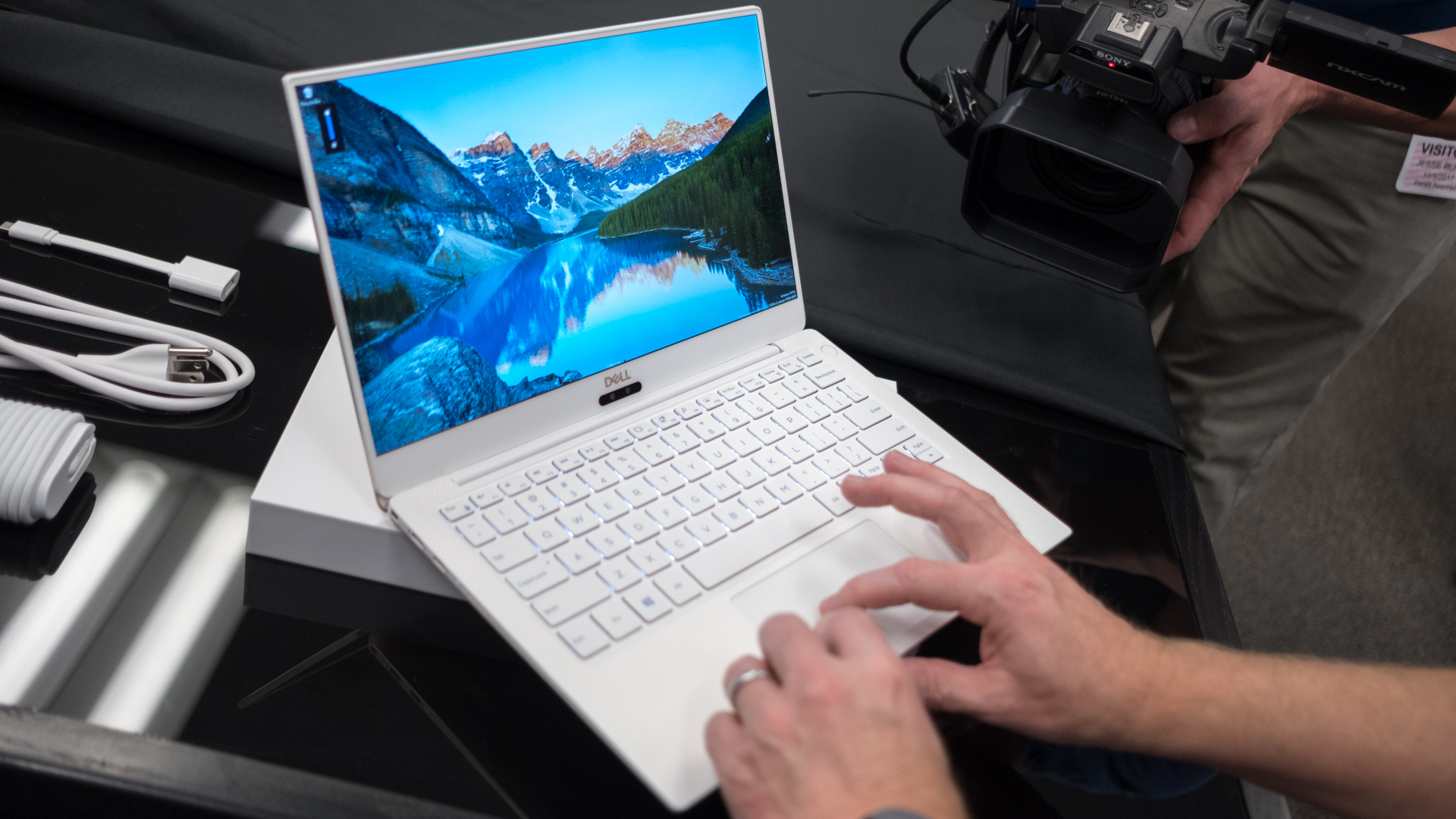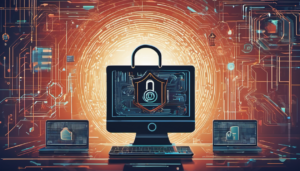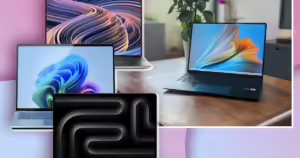Introduction to laptop troubleshooting
Knowing how to troubleshoot common laptop problems is an essential skill in today’s technology-driven world. Whether you use your laptop for work, study or entertainment, knowing how to deal with potential problems can save you time and money.
Learn the basics of your laptop
Before you delve into troubleshooting, it’s crucial that you understand the basic components of your laptop. This knowledge will help you understand which part may be causing the problem.
Why solving problems quickly is important
Delaying laptop troubleshooting can lead to more serious problems or even data loss. That’s why it’s crucial to address problems as they arise.
Common hardware problems and solutions
Hardware problems are one of the most common problems faced by laptop users. Here are some tips for troubleshooting the most common hardware problems.
Battery problems and power outages
Battery problems may include the battery draining quickly or not being able to charge. Checking power settings and battery status can often resolve these issues.
Keyboard error
Spilled drinks, dust, and normal wear and tear can all cause keyboard problems. Cleaning the keyboard or replacing the keys can sometimes solve these problems.
Screen display problem
Display issues can seriously impact your laptop experience. Here’s how to deal with two common screen problems.
Screen flickers
Screen flickering can usually be resolved by updating the display driver or adjusting the screen refresh rate.
Bad pixels
Dead pixels appear as persistent black or colored dots on the screen. Although hardware sometimes needs to be replaced, there are software tools that can help fix dead pixels.
Solution for overheating
Laptops can overheat due to clogged vents or malfunctioning fans. Placing your laptop on a hard, flat surface and cleaning the vents regularly can help prevent overheating.
Troubleshoot software problems
Software problems can range from minor annoyances to serious disruptions to your laptop’s functionality.
operating system error
Keep your operating system up to date to avoid common errors and security holes.
Application crashes and errors
Regular updates and maintaining sufficient free disk space can help minimize software crashes.
How to deal with frequent application crashes
If a particular app keeps crashing, try reinstalling it or checking for updates that fix known issues.
Prevent software problems with regular updates
Regular software updates are essential for security and functionality. They can also fix potential errors that cause your system to crash.
Connection problems and solutions
Connection issues can disrupt your workflow and limit the functionality of your device.
Troubleshoot Wi-Fi connection issues
Simple steps such as resetting your router or reconnecting to the network can often restore your Wi-Fi connection.
Troubleshoot Bluetooth connection problems
Make sure your Bluetooth drivers are up to date and both devices are in pairing mode.
Security issues with laptops
It’s more important than ever to protect your laptop from security threats.
Common security threats
Understanding common threats can help you better protect your devices. Always make sure your antivirus software is up to date.
Steps to protect your laptop
Regular updates, using strong passwords, and enabling firewall protection are important steps to protect your laptop.
Advanced troubleshooting techniques
Some problems may be too complex to be solved with regular solutions and require advanced solutions.
Diagnostic tools you need to know
Use built-in or third-party diagnostic tools to help you identify and resolve complex problems.
When should you seek professional help?
If your troubleshooting efforts do not resolve the problem, you may need to consult a professional technician.
Conclusion and maintenance tips
Maintaining your laptop through regular updates, proper storage, and careful handling is the best way to prevent common problems. Remember, a little preventive maintenance can go a long way.




